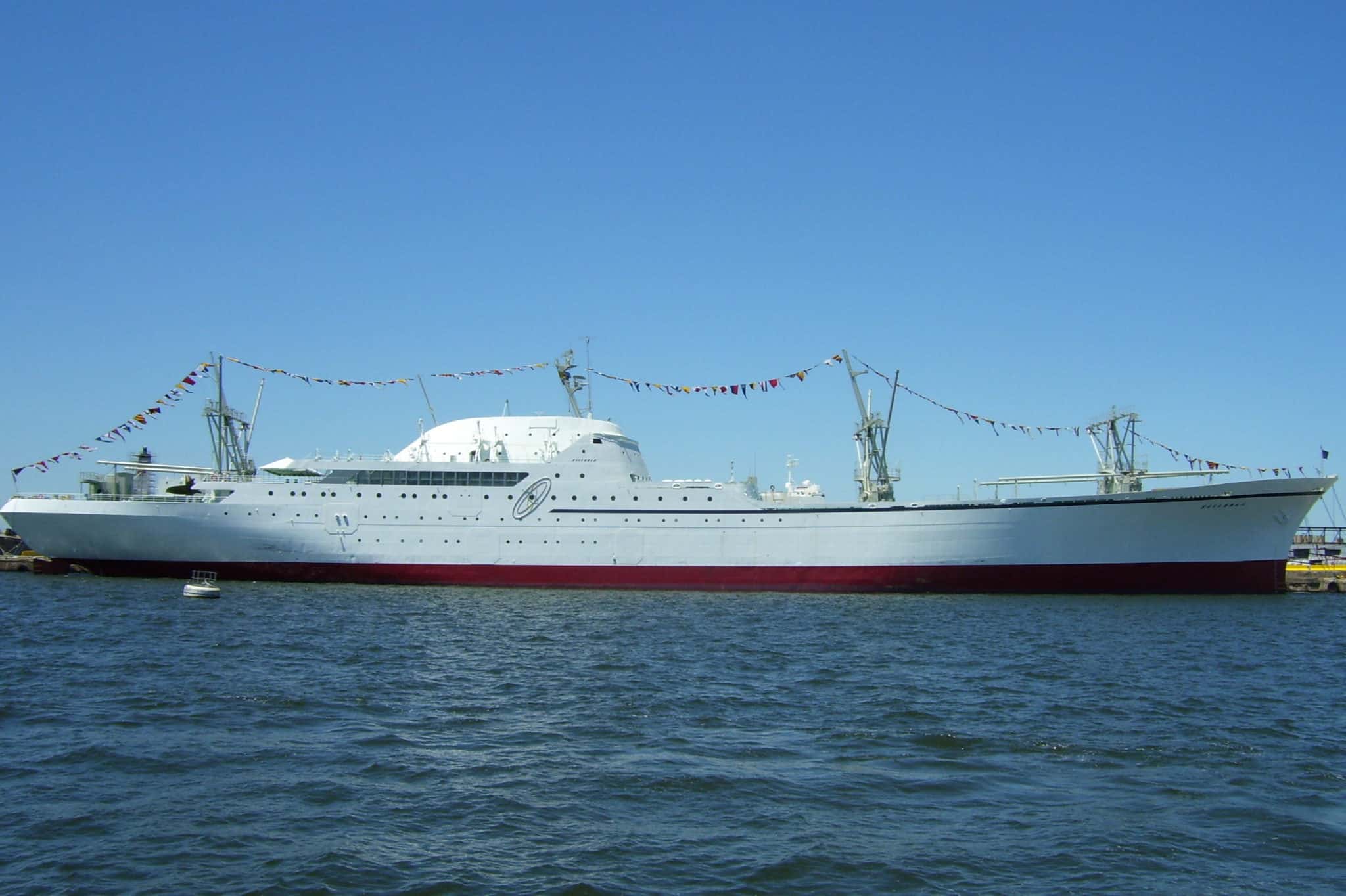Marine Nuclear Propulsion: The Undeniable Facts
Many observers deny that the success of nuclear propulsion for warships has any relationship to the possibility of success in a commercial endeavor. They claim that the costs are far too high, that merchant ships do not obtain much benefit from high speed endurance, or that the public will not accept nuclear powered shipping.
There, however, are some undeniable facts that have been proven by over 40 years and hundreds of millions of miles worth of naval ship experience.
Proven Truths
Nuclear propulsion is reliable. Even single reactor submarines routinely operate under the Arctic Ice cap where a loss of power can be fatal. No Western nuclear ship has been lost because of a power failure.
Nuclear propulsion is clean. A nuclear engine can push a sealed submarine for months at a time without affecting the atmosphere in the ship.
Nuclear engines can be very powerful for a given total propulsion plant weight. Though the exact numbers are classified, it is obvious that an engine that can drive an 80,000 ton aircraft carrier at 35 knots into the wind while launching aircraft with steam driven catapults has a significant power capacity.
Based on the amount of payload on nuclear carriers compared to fossil fuel driven carriers, the nuclear engines require less space and weight than the oil fired steam turbines that they replaced.
Purely on capability, nuclear power is worth a look. Cost is a hurdle, however, since aircraft carriers and large submarines are several billion dollar machines.
Overcoming Hurdles
There are, however, many opportunities for cost reductions. Cost cutters can start by eliminating the Rickover prescription that “everything has to be made special.” Military systems often must go through a design process that takes decades. Digital technologies, for example, are just now being introduced into naval nuclear propulsion plants, ten to twenty years after their introduction into competitive commerce.
Military ship power plants must also be built with shock resistance and quieting standards that are unnecessary in commercial systems. Many of the extra steps taken to meet these criteria have nothing to do with safety, reliability or capability. They can be eliminated to reduce cost. We must also recognize the inherent high cost involved in government contracting. Hammers designed for military standards are far too expensive for the average homeowner, but that does not prevent hardware stores from stocking hammers.
There is even an opportunity to improve upon military propulsion technology by replacing the 45 year-old pressurized water steam plants with a nuclear engine that combines the low capital cost of a gas turbine heat engine with the low fuel cost of a nuclear engine.
Figures to Compare
Arguments about the lack of benefit of high-speed capability for commercial ships are absurd. Speed is definitely an advantage in certain types of merchant ships, especially for ships carrying high value cargoes like automobiles, perishable items, and people. If speed is not too expensive, it can provide a huge competitive advantage by allowing increased productivity of the ship and the assigned manpower.
A fast ship can carry more cargo each year, especially if the ship can use a fuel source that is a million times more compact than its nearest competitor. In an age of just-in-time inventories and rapidly changing technology and fashion, the value of high speed shipping is even greater than ever before. When it comes to the importance of high endurance, detractors of nuclear shipping have obviously not done much research.
In many large, oil powered ships trading over long trading routes, the required fuel can claim 15% of the ship’s displacement. In some trade routes, enough fuel for a round trip must be carried because of the non-availability of fuel in the destination port. Every time a ship leaves port, it must carry enough fuel to reach its next scheduled destination with at least a 25 percent reserve margin. This safety requirement can place a significant limitation on the ship’s employment.
If a ship must schedule an intermediate stop for fuel, the diversion can add a day to the voyage time, require the payment of additional port fees, and require payment for the services of tugs and fueling support vessels. A fuel call for a ship is not like stopping at a gas station off the interstate. An additional complexity in fuel management is the fact that there are limitations on maximum ship draft that vary depending on the time of year. Some ships have to reduce their cargo load to be able to load sufficient fuel to meet the requirements.
Finally, oil prices, availability and quality are not uniform throughout the world. It frequently requires the costly services of a dedicated department within a ship management company to optimize decisions with regard to when and where ships should buy their fuel.
Based on naval experience and limited amounts of commercial experience, the public will accept nuclear ship port visits. While there are some rare ports that do not like naval ships to visit, their major concern is weapons load, not propulsion system. With the exception of isolated protests by tiny groups of activists, the port visits of nuclear powered ships have been a cause for celebration and community welcome mats. The welcoming attitude has apparently been the same whether the ship was involved in revenue-producing international trade or military liberty.

